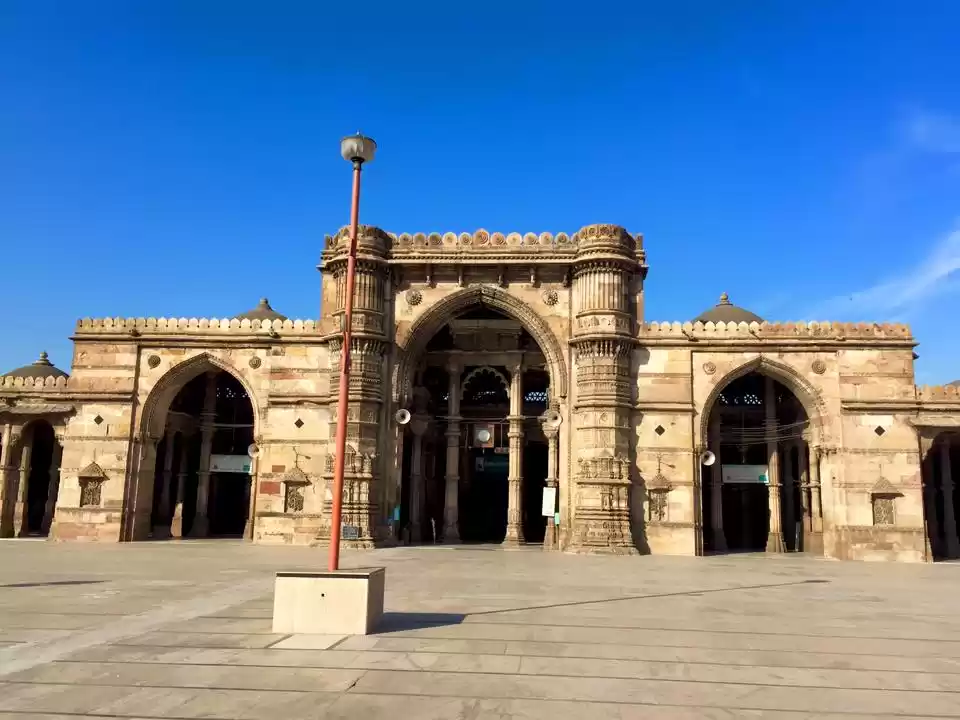













Sarkhej Roza is a mosque and tomb complex located in the city of Ahmedabad, India. Hailed as the Acropolis of Ahmedabad, the Sarkhej Roza comprises one of the most elegant and unique architectural styles. In its architecture, Sarkhej Roza is an example of the early Islamic architectural culture of the region, which fused Islamic stylistic influences from Persia with indigenous Hindu and Jain features to form a composite "Indo-Saracenic" architectural style.
The architectural style of Sarkhej Roza is a precursor to the Mughal period in a true amalgamation of Hindu, Jain and Islamic styles. It reflects the sufi culture prevalent during the olden times. The mosque, with its courtyard, creates a religious milieu; the royal connection is made through the tombs and palaces; the great tank, platforms and pavilions were used by the common man.






























